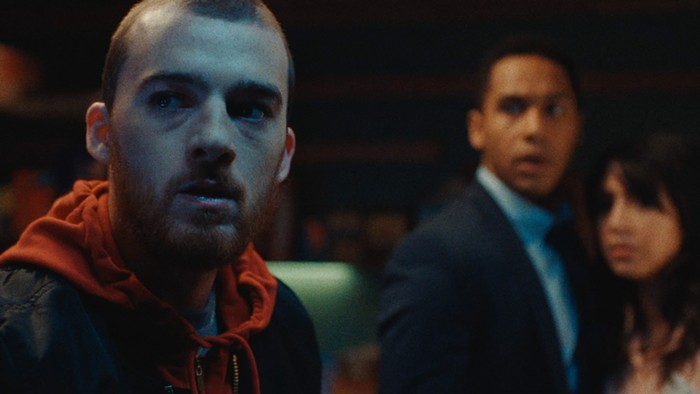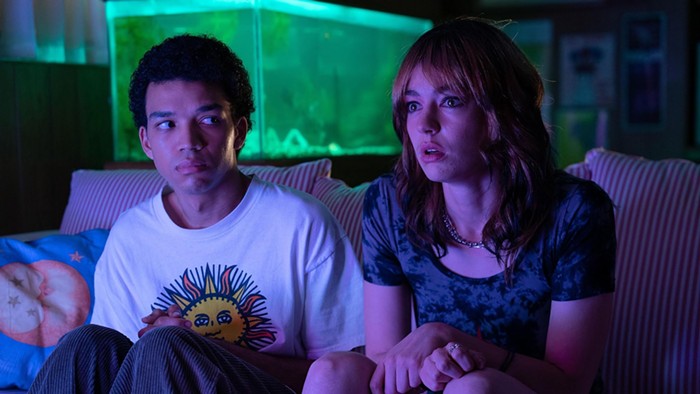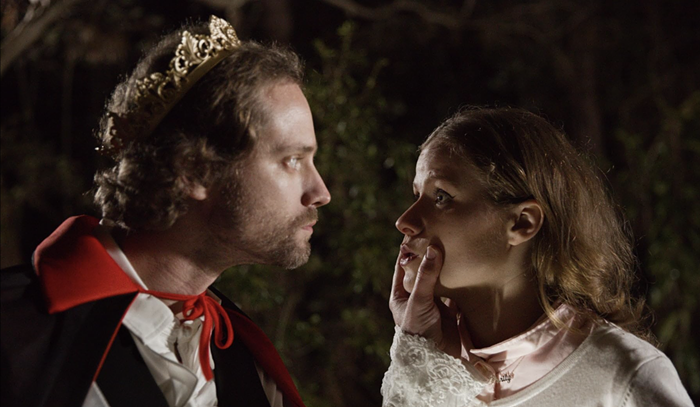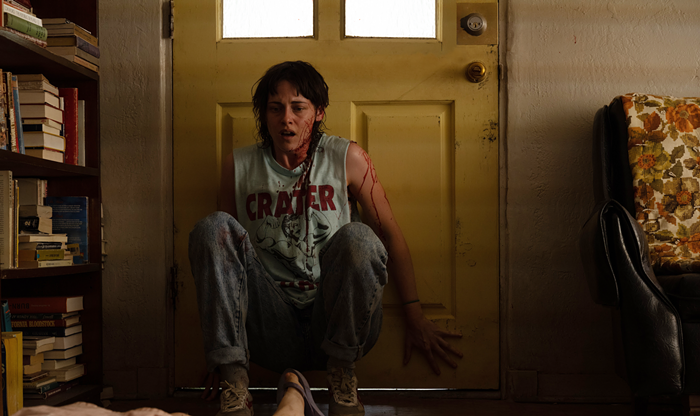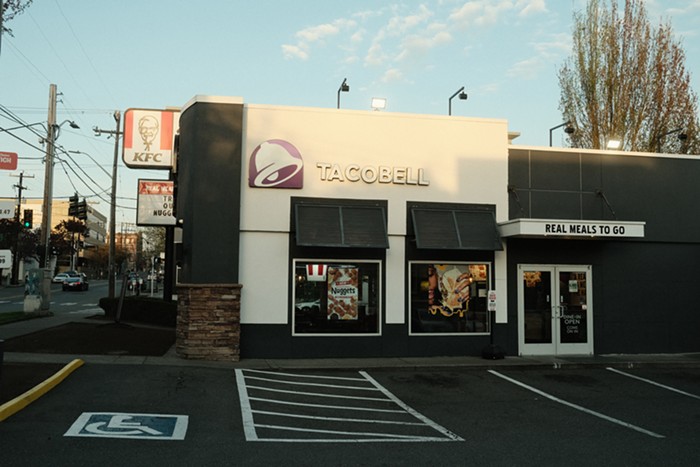
Four hours long. A price tag that's estimated to be near $400 million. Praise for the work flying this way and that. “It’s impossible not to be swept away” (Slate). "An undeniably passionate and moving work" (NYMag). "Long-awaited director's cut is melancholic high-octane opera on steroids" (Meaww). Now, usually I'm turned off by superhero flicks because their social function is just too obvious. These spectacles are programmed to suck up all of the revolutionary potential the masses need for action and transform it into a stupefying visual narcotic of empowerment. As it is, I already have enough flowers on my chains, so why should I add the poppy plants of superheroes to it?
But here is something I have to admit: In our times, the best place to see everything that money can do in the capital-intensive art of movie-making is a superhero film. No matter how you cut it, there is really no such thing as a small-budget film. Even my own little film, Thin Skin, cost $600,000 to make. That is not small change. But when compared to something like the Justice League, it's almost not even chump change. And yet the indie film and the galactic budget film share the same interest in the latest technologies of the art. The big difference being, an indie film can only select some of these latest tools (if it's lucky), and the galactic budget one can have all of them at its disposal.
With this interest in mind (to see all of the things that the liberation from the limits of money can visually and sonically do), I walked to my local weed store, A Greener Today, which is on Martin Luther King Way, purchased two pre-rolled joints that had more THC than CBD, returned home, smoked a third of one of the joints, turned on the boob tube, and began watching the Snyder Cut.
The Snyder Cut has its share of problems, but it’s an undeniably passionate and moving work. @BilgeEbiri https://t.co/hmfGFVFAVE
— New York Magazine (@NYMag) March 15, 2021
My god. I was in this film like forever. When listening to dub, weed enhances what can be called echospace (as in the spacetime of general relativity); when watching this film on the weed, the enhancement of what I call narratologically structured image/sonicspace, stretched 4 hours into an eternity. I can recall the beginning of Snyder's Cut, but I have no idea how I arrived at its end. The end was more endless than the rest of the film. Indeed, the feeling I have presently (even after the high is gone) is that I'm still watching Snyder's Cut somewhere in timespace. When did I turn off the TV? When did I go to bed? For all I know, I'm still there, still in this moody world of so many, too many superhero woes.
With weed, one hour easily becomes three. And there are other temporal dimensions curled up in the details of this slow-moving time. And there is so much to see in every dimension. So much money is paying for that somber cloud in the darkening sky, or for each of those super-sad snowflakes, or each of the dreary drops of rain. Look out a lugubrious window behind a furniture-busting, wall-cracking, floor-smashing superhero/supervillain battle and you will find a sunset or sunrise or city skyline that cost more money than you will ever make in a lifetime of hard and honest work.
But after a weed-induced hour of watching this "operatic" movie, which is equal to about 20 minutes of its actual running time, you become as exhausted as one of those emperors of ancient Rome watching ferocious animals fighting and devouring the best gladiators of the empire. How long can all of this go on, asks your young yawn? We have long to go, says your TV. So long to go.
The film's key moment happens when the Flash (Ezra Miller) saves a black and vintage-car-driving woman who is almost run over by a truck operated by a sloppy Joe who is more concerned with grabbing his floor-fallen, half-eaten hamburger than the safety of the public in a dense urban street. It happens like this. Flash is at some doggy care center trying to get a job. It's not going well. He is a klutz. Flash looks outside and sees a woman in a red car who is seconds from entering the eternity that comes after life. The truck operated by the burger-absorbed drive is about to crush her body. Flash exits the doggy care place and saves the young woman thrown into the air by the impact with the back of the truck. The time he has to save her is so tiny that everything slows down. The speed of the truck is reduced to slowest of slow-mo. The flying girl is in the air for what in the real world is seconds but in Flash's super-fast one, hours. He has all the time he needs to save her and snatch a wiener that was sent into the air by a hot dog stand also smashed by the burger-boggled lorry driver.
This heroic moment was much like me watching the whole movie on weed. Indeed, I thought of myself not only as a Roman emperor but also as the fly in this passage in Richard A. Muller's 2016 book Now: The Physics of Time:
Human perception of the movement of now, the flow of time, seems to be determined by the number of milliseconds it takes to send a signal from the eye or ear or fingertip to the brain and to record and notice and remember. For humans, that’s a few tenths of a second; for a fly, a few thousandths of a second. That’s why it is hard for a human to catch a fly. To a fly, your threatening hand approaches in slow motion—just as in Clockstoppers.You think you are fast but to the fly's mind, you are in a much, much, much slower kind of time. Human temporality is not the end-all and be-all. We are slow-motion to the fly and Flash-like fast to the trees. In short, if you want to see Snyder's Cut to the end, then stay away from the devil's cabbage.



